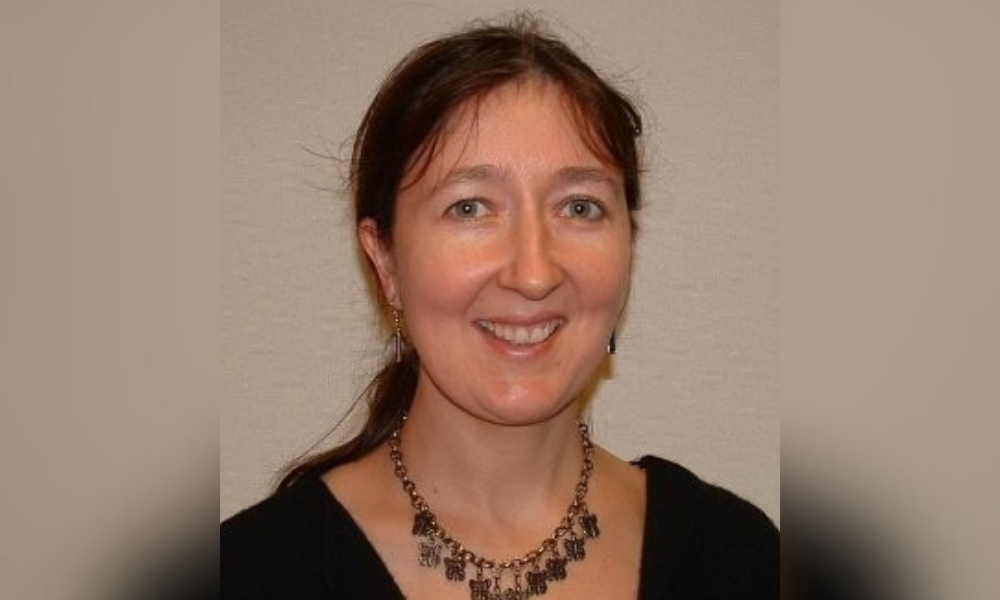Housing crunch worsens for many

The 2023 Census data from Stats NZ revealed that more than 100,000 New Zealand households, or about one in 16, are facing crowded living conditions, marking an increase from previous years.
In 2018, the rate was one in 17, up from one in 20 in 2013.
Health and housing concerns
“Crowding is a complex topic and isn’t just about large households. People in crowded homes may struggle to find affordable housing that suits their needs,” said Rosemary Goodyear (pictured above), Stats NZ principal analyst.
Increased crowding is linked to health risks, including the spread of infectious diseases.
Regional differences highlight challenges
Crowding levels are highest in Gisborne (10.7%) and Auckland (8.8%). Areas like Gisborne and Hawke’s Bay, impacted by early 2023 cyclones, saw the most significant increases in crowded households.
Some Auckland neighborhoods, especially in South Auckland, reported severe crowding rates with about a quarter of households affected.
Crowding in East Cape
The East Cape region had some of the highest crowding rates, with Ōpōtiki and Wairoa districts seeing over 10% of households experiencing crowded conditions.
Severe crowding, where more than two extra bedrooms are needed, almost doubled in Ōpōtiki from 2018 to 2023.
Growing spare bedroom availability in the South Island
South Island districts, such as Selwyn and Thames-Coromandel, reported lower crowding rates and higher numbers of homes with spare bedrooms.
“Areas with low crowding often have an older population, higher household incomes, or both,” Goodyear said.
Selwyn’s median income, for example, reached $122,100, and most homes have four or more bedrooms, Stats NZ reported.
Get the hottest and freshest mortgage news delivered right into your inbox. Subscribe now to our FREE daily newsletter.



